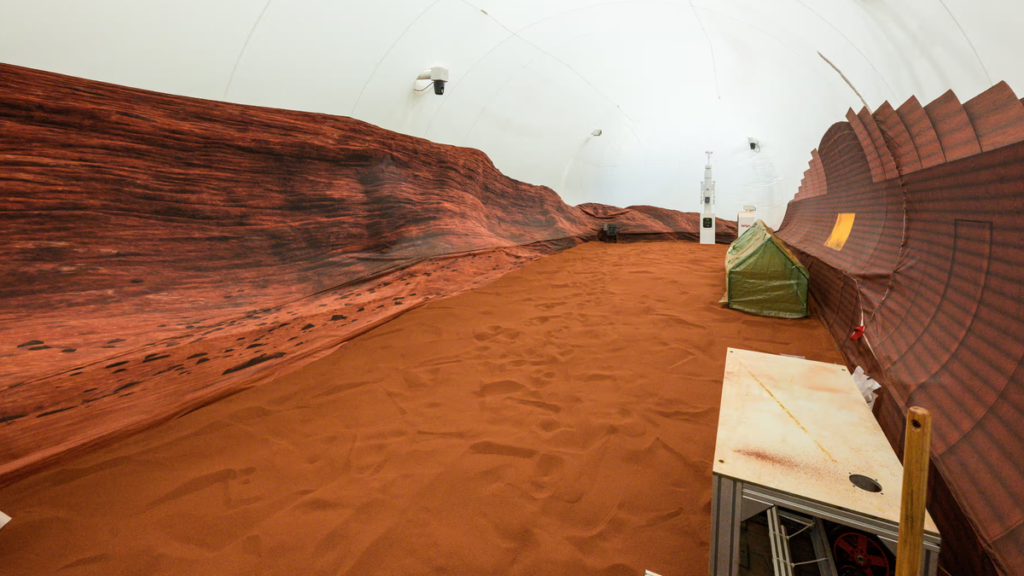Real Scientists Lived On Fake Mars In A Texas Shed For A Year

Four scientists walked to Mars in June of 2023 and walked back again earlier this month. Well, they walked to a “simulated Martian habitat” at NASA’s Johnson Space Center in Houston, that is. The first of three planned “Crew Health and Performance Exploration Analog” missions planned by NASA, CHAPEA 1 has concluded with Kelly Haston (commander), Ross Brockwell (flight engineer), Nathan Jones (medical officer), and Anca Selariu (science officer), all happy and healthy. The plan for their mission was to evaluate the capabilities of a crew living on the surface of Mars for a year, in simulation, to prepare for the eventual real thing.
‘Twister’ Remains The Greatest Car Commercial Of All Time
They get to check out of regular Earth society for a year? And get paid for it? Sign me up!
“Congratulations to the crew of CHAPEA Mission 1 on their completion of a year in a Mars-simulated environment,” said NASA Administrator Bill Nelson. “Through the Artemis missions, we will use what we learn on and around the Moon to take the next giant leap: sending the first astronauts to Mars. The CHAPEA missions are critical to developing the knowledge and tools needed for humans to one day live and work on the Red Planet.”
The quartet of isolated professional smarty pants had to live together in a 3D-printed 1,700-square-foot habitat. The building is actually pretty cool, as it is constructed of a concrete substance that is designed around the substrate that can be found on the surface of Mars. The 3D printer will use martian dirt to make concrete, because shipping concrete to space would just be way too damn heavy.
Image: NASA
Everything about the mission in Texas was designed to simulate living on Mars, including “marswalks,” operating robots on the surface, habitat construction and maintenance, daily exercise, and even crop growth. Even communications between the CHAPEA and mission control were artificially delayed by 22 minutes to replicate the distance it would have to travel between parties on Mars and Earth.
“Having to carry out a conversation across 45 minutes back and forth means you really have to think ahead and formulate the communication clearly and thoroughly,” Selariu said. “It’s actually very hard to internalize.”
In their downtime, the crew watched television and read books downloaded to a drive carried in with them, so they couldn’t even catch up on current popular culture. These people haven’t heard “Brat” yet, but thankfully they made it out of artificial space jail just in time to see “Twisters.”







